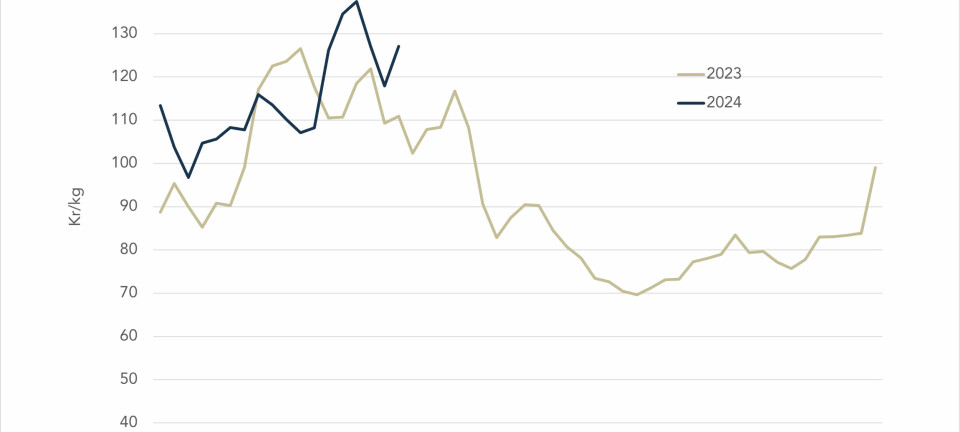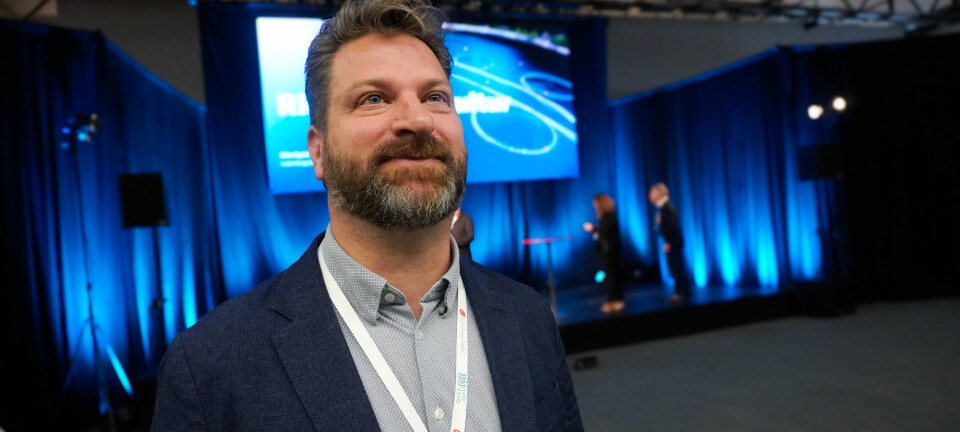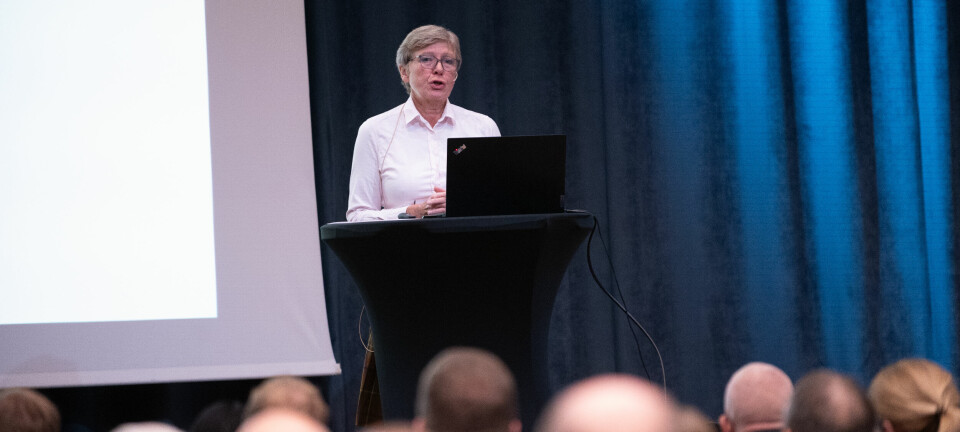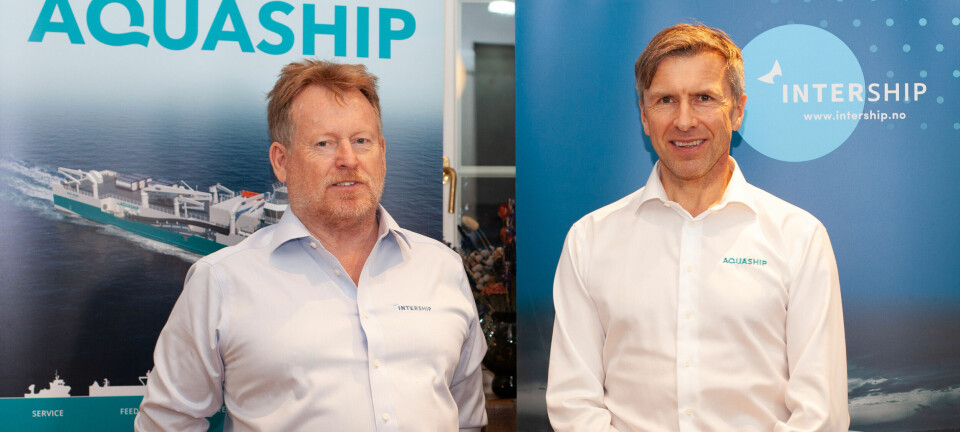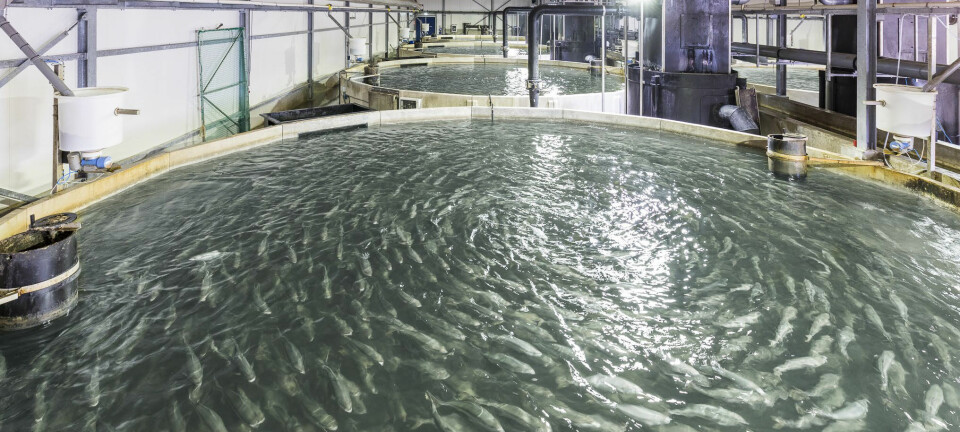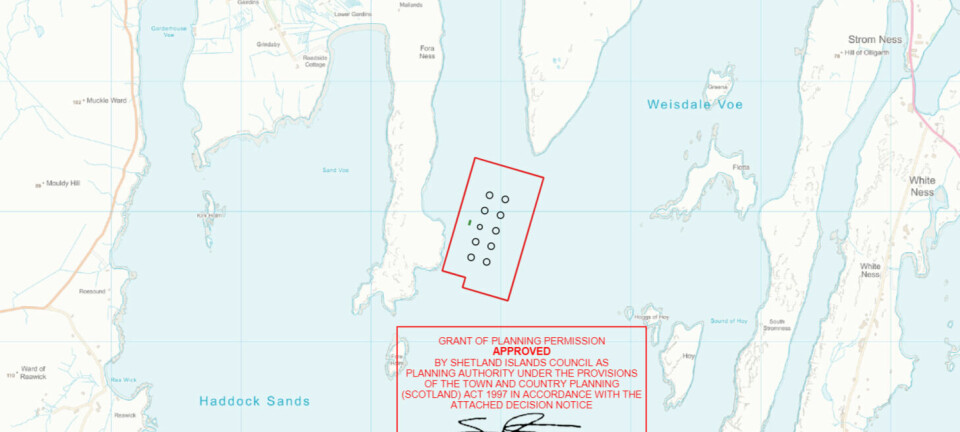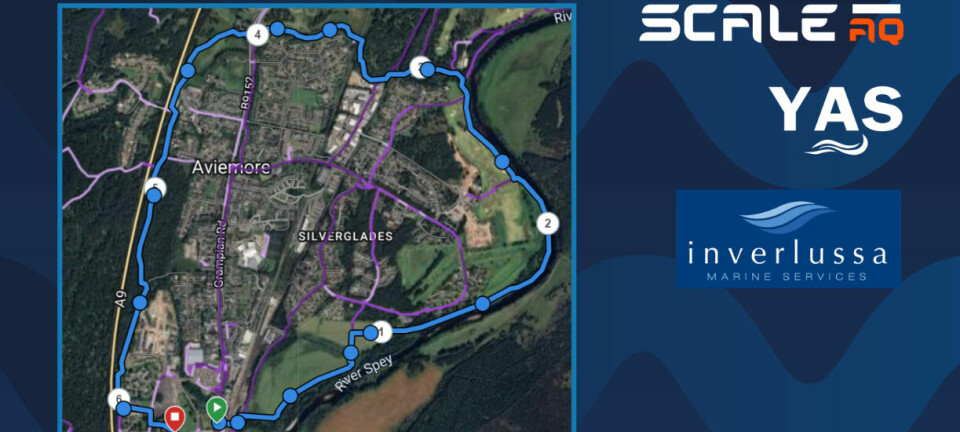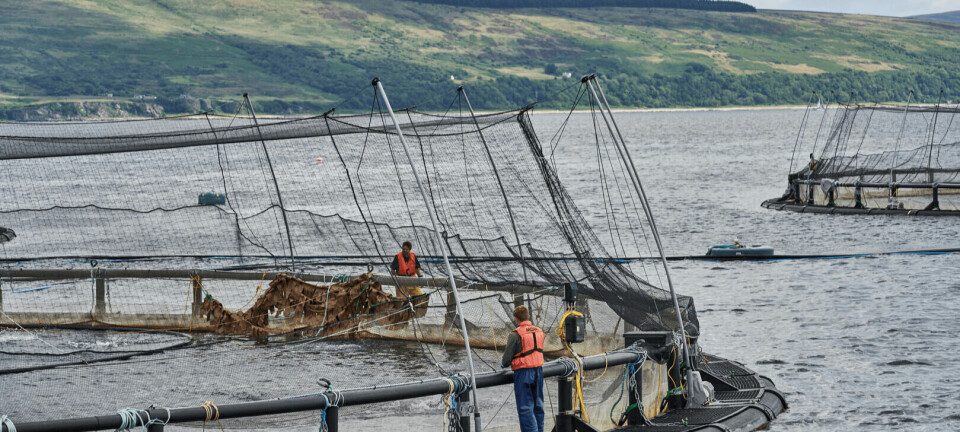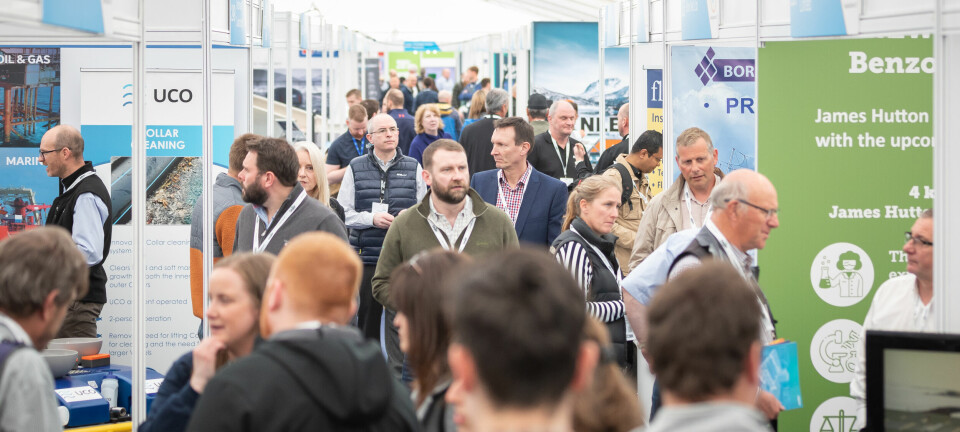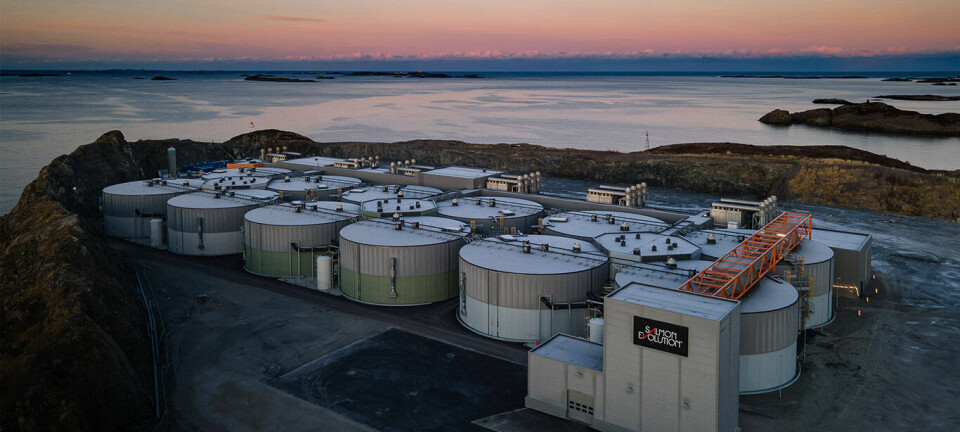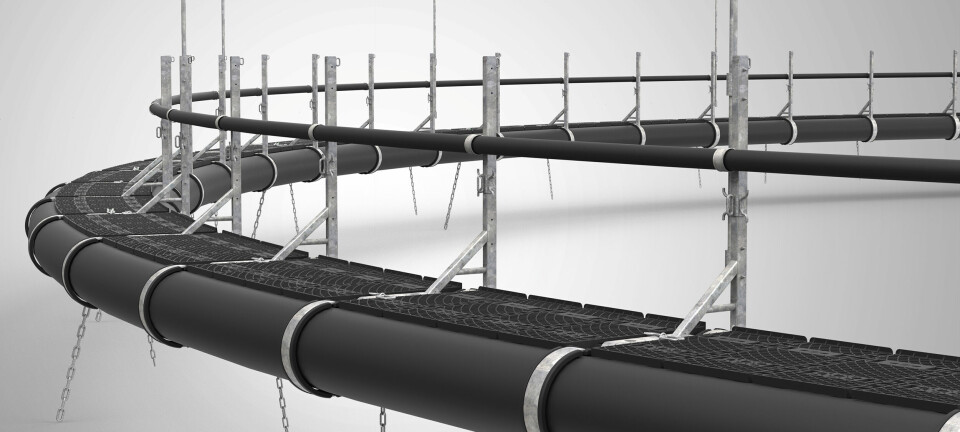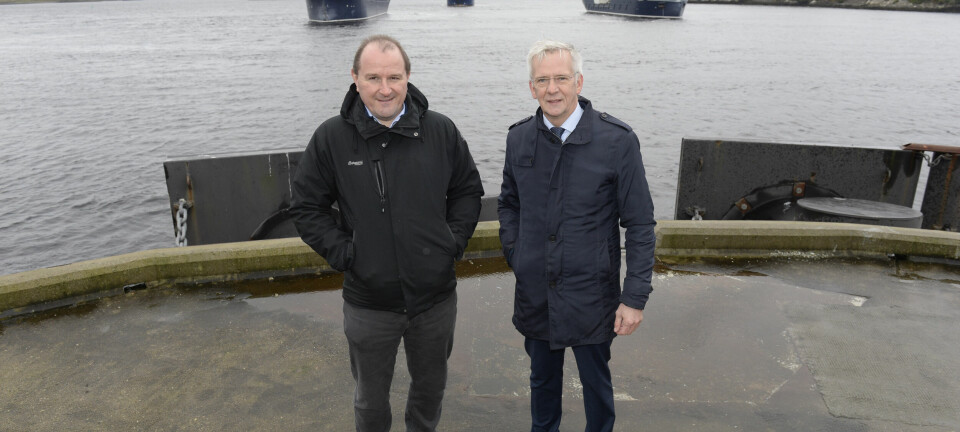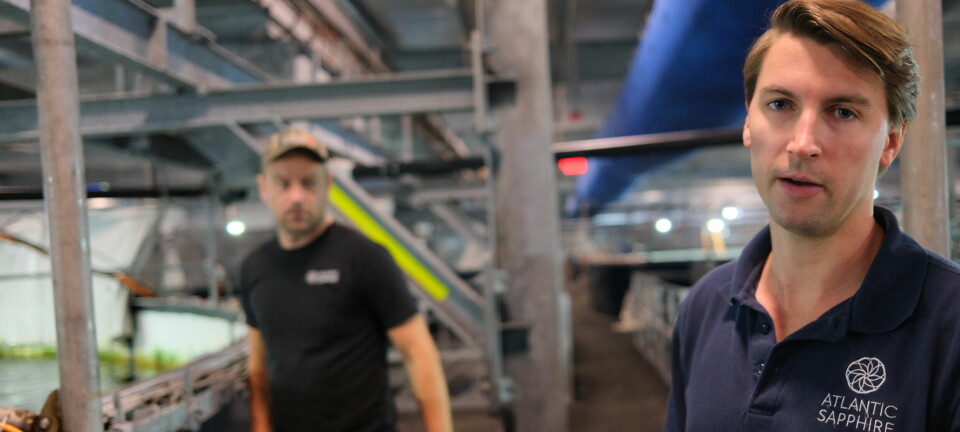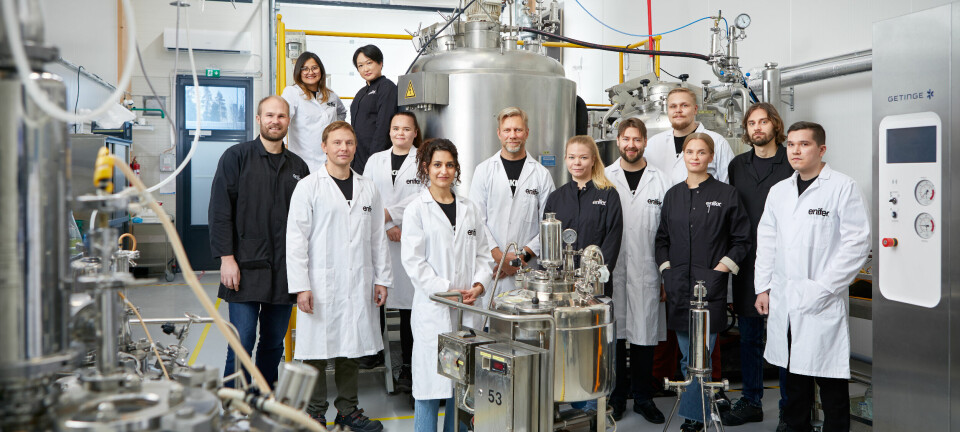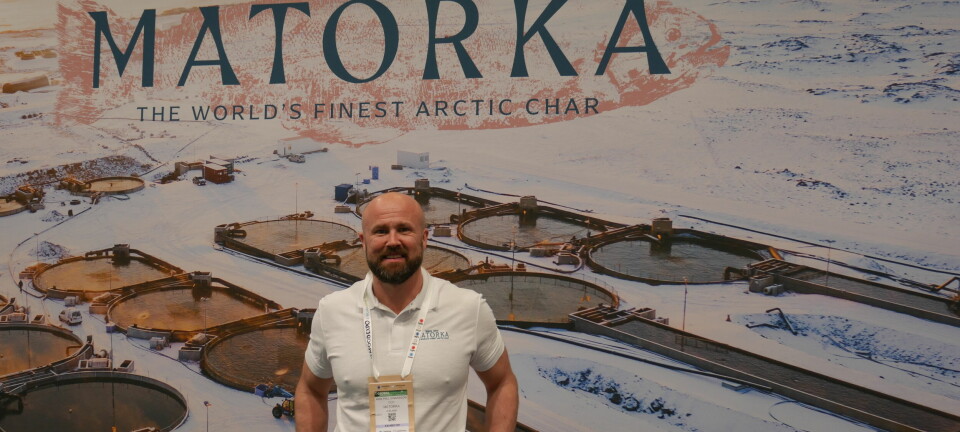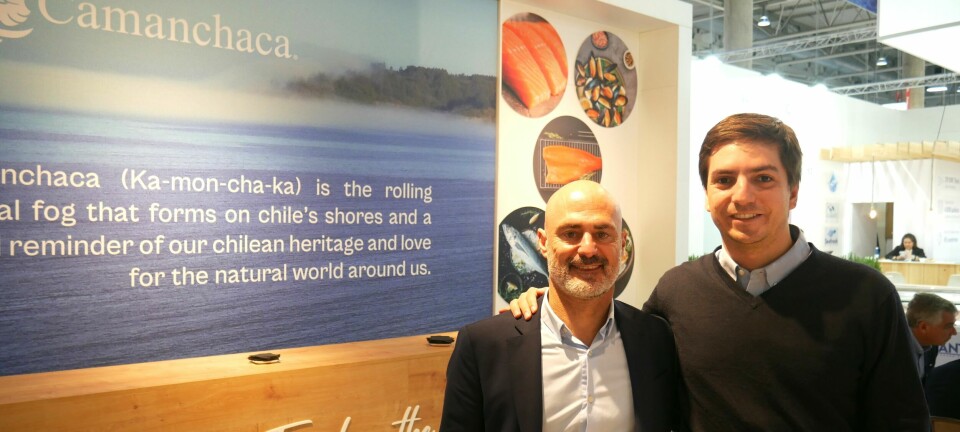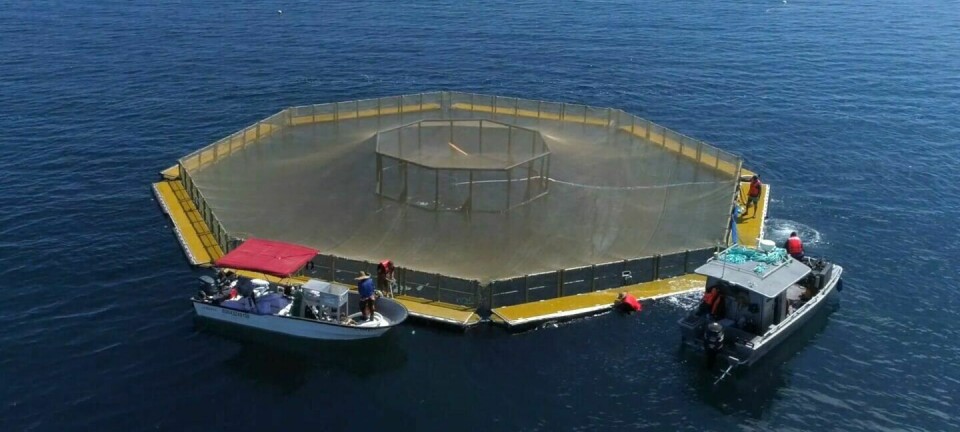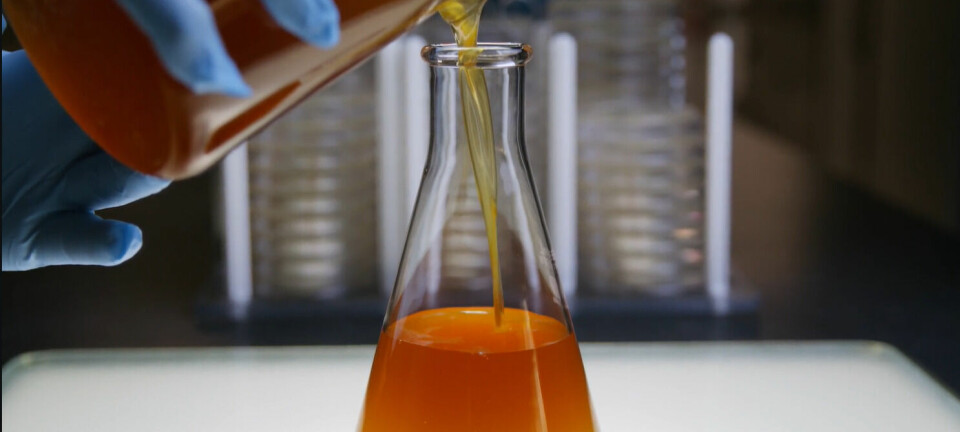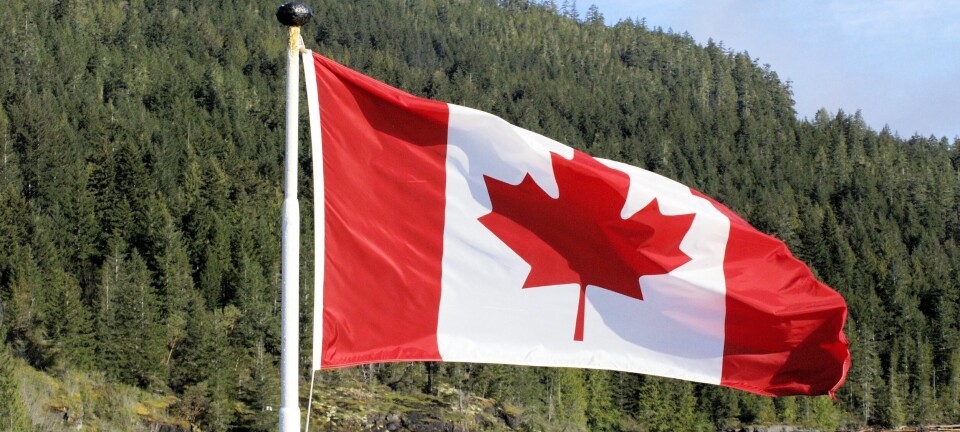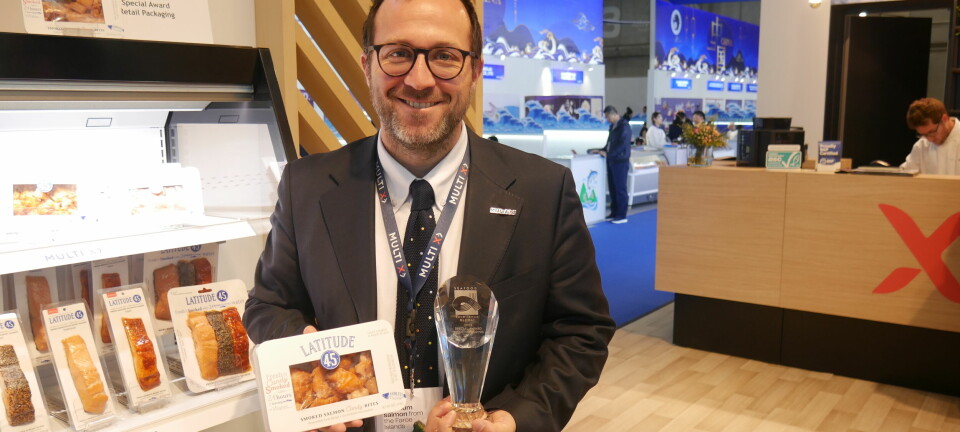
Another milestone reached for land-based salmon farm in Japan
Proximar transfers first fish to post-smolt facility
Japan’s first commercial-scale Atlantic salmon producer, Proximar Seafood, has successfully transferred its first fish from the hatchery department to the post-smolt facility at its recirculating aquaculture system (RAS) plant near Mount Fuji.
“It is a major milestone to finally start operations in the post-smolt facility. We have been eagerly waiting for this day, and I am happy to see that the move to the new building has been successful,” said chief operating officer Dharma Rajeswaran in a stock exchange announcement.
After construction work was completed in September, installation and testing of the RAS equipment at the land-based fish farm has progressed in the first post-smolt module, and the building is ready to receive the first batches on schedule, according to the company.
Installation of RAS equipment in the remaining three modules will continue in the coming months, in line with the required capacity and production schedule.
Low mortality
The fish that have now been transferred were brought into Proximar’s hatchery as eggs in 2022 and have since then been through starter feeding and the growth department, before they were finally smoltified and transferred to the first operational post-smolt module this week.
“During this period, the fish have done very well in terms of growth and low mortality, which demonstrates the facility’s good performance. The fish will be slaughtered in Q3 2024,” wrote Norwegian-owned Proximar.
There are currently nine batches in operation at Proximar’s facility in Oyama, with the tenth batch to be deployed by the end of December.
The company said it will supply more biological details in a production update in the first week of January 2024.
Proximar is using RAS technology from Israeli supplier AquaMaof and intends to produce 5,300 gutted weight tonnes of Atlantic salmon annually.










